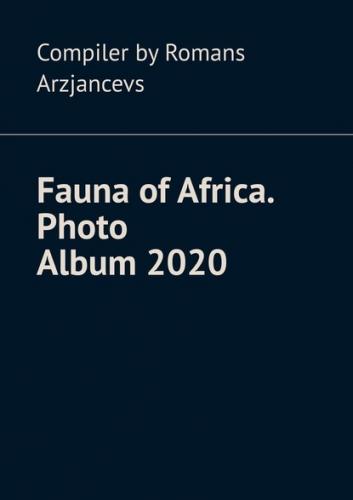– Baboons usually leave their sleeping places around 7 or 8 a.m. After coming down from the cliffs or trees, adults sit in small groups grooming each other while the juveniles play.
PYGMY HIPPOPOTAMUS
– They spend around 6 out of 24 hours per day feeding.
– Longevity is anything between 30 and 50 years.
– At present, there are fewer than 3,000 estimated pygmy hippos remaining in the wild.
GUINEA BISSAU
WESTERN TREE HYRAX
– Life expectancy: up 12 years.
– Western tree hyraxes tend to be solitary, and only occasionally are found in groups of two or three. They are nocturnal and generally feed at night.
– They live in rocky areas, preferably with plenty of open space to bask in the sun. Their lifespan ranges between 8 and 12 years, on average.
STREPSSIRHINI
– Approximately three-quarters of all extant strepsirrhine species are nocturnal, sleeping in nests made from dead leaves or tree hollows during the day.
– Many of today’s living strepsirrhines are endangered due to habitat destruction, hunting for bushmeat, and live capture for the exotic pet trade.
– Both living and extinct strepsirrhines are behaviorally diverse, although all are primarily arboreal (tree-dwelling).
SENEGAL BUSHBABY
– They can clear up to 2.5m in a single jump because they possess extremely powerful back leg muscles. These muscles take up one quarter of the animal’s weight.
– They can live for up to 14 years in captivity.
– Emerging under cover of darkness, bushbabies may travel distances of up to 2 km (1.2 miles) during the course of a single night.
AFRICAN PYGMY MOUSE
– African Pygmy Mice are predominately nocturnal but are sometimes active during the day as well. These animals are extremely active and are known to consume a relatively large amount of water for their size.
– The African pygmy mouse is a very small rodent, never growing larger than five inches with an average lifespan of two years.
– They live around 2 years, although in captivity upto 4 years has been recorded.
CAPE VERDE
MORAY EEL
– Moray eels prefer warmer water and they can be often found in the shallow water and near the coral reefs.
– Moray eel has a long and slender body which resembles to snake, but they do not belong to the group of reptiles – they are true fish.
– Great percent of moray eel in the larval phase ends up in the stomach of the large predators. Those that survive can live between 10 and 30 years.
SEA TURTLE
– Sea turtles make incredibly long migrations between feeding and breeding areas. The leatherback travels an average of 3,700 miles each way.
– Sea turtles can stay under water for up to five hours.
– The leatherback sea turtle has been recorded swimming as fast as 35 km/h.
HUMPBACKWHALE
– Humpbacks can grow to 18 meters long, and they can weigh a whopping 40 tons (about half the size of a blue whale).
– They can travel around 5,000 kilometers between their breeding and feeding grounds on a regular basis. The longest ever recorded migration was 18,840 km.
– Lifespan: 45—100 years.
BLUE WHALE
– A V E R A G E L I F E S P A N I N T H E W I L D: 80 to 90 years.
– Their length equals the length of two school busses and their weight equals the weight of 30 adult elephants.
– Blue whales swim 8 km per hour, but they can accelerate to 48 km per hour when threatened.
IVORY COAST
DWARF CROCODILE
– Dwarf crocodiles attain a medium adult length of 1.5 m, though the maximum recorded length for this species is 1.9 m.
– The dwarf crocodile is a timid and mainly nocturnal reptile that spends the day hidden in pools or burrows, although it occasionally may be active during the day.
– Dwarf crocodiles can survive 75 years in the wild.
– AFRICAN SLENDER SNOUTED CROCODILE
– Lifespan estimated at around 60 years.
– The slender-snouted crocodile rarely reaches over 4 meters.
– Average weight: 125 – 325 kg.
MARSH MANGOOSE
– They are excellent swimmers and can dive for up to 15 seconds, using their feet to paddle.
– These animals are crepuscular, being active from shortly after sunset until after midnight, but not during the day. During the day they usually rest in burrows situated in dry areas above water and mud in the dense cover of high grasses and climbing plants or in rocky areas.
– LIFE SPAN IS ABOUT 17 YEARS.
DALTON’S MOUSE
– Most
